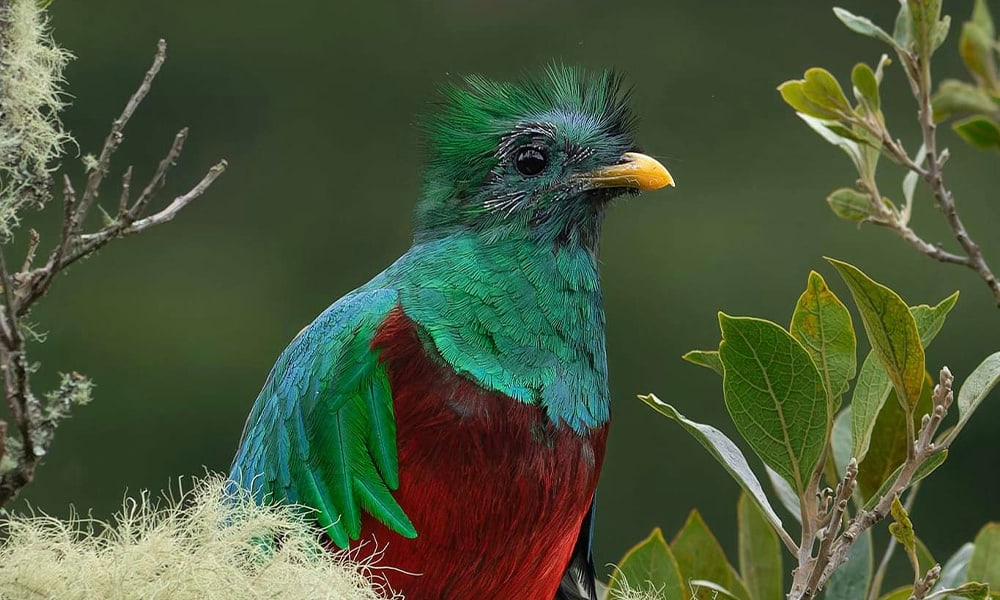March marks the beginning of nesting season, and for all bird watching enthusiasts, it’s the start of the most anticipated times. In February, the male dedicates time to finding and courting his mate. He performs flights over the forest canopy at heights of more than 30 meters, free-falling before perching alongside other males and females.
By March, both birds search for a suitable tree trunk to carve out a hole and establish their nest. They prefer old, dry trunks between 3 and 11 meters high.
The female lays one or two eggs, which are incubated by both parents, taking turns every three hours. The chicks hatch completely blind and naked, their most vulnerable period.
The first green feathers appear behind the neck when they are close to leaving the nest, which happens at 28 days. Their parents encourage them to leave the nest by stopping feeding them.
Their first flight is often a complete disaster, frequently resulting in a crash landing. Their parents care for them and demonstrate how to climb back up to higher branches to attempt another flight.
During this season, Quetzals in this process can be observed in:
- Monteverde
- Los Quetzales National Park and Guarco Canyon. Both are a two-hour drive from San Jose.
- La Amistad International Park (Biolley, Altamira).
Let’s remember not to disturb their habitat because if they feel threatened, they’ll abandon the nest. If they don’t find a nest within the next two weeks, they’ll separate.
You can spend a delightful day searching for the Quetzal at Miriam Quetzales that offers restaurant services and guides for Quetzal spotting.
About the Author
Uriel Aguero is a wildlife enthusiast and birdwatcher. Image by Jose Venegas
Reference: Attractive and Majestic: The Quetzal in Costa Rica

